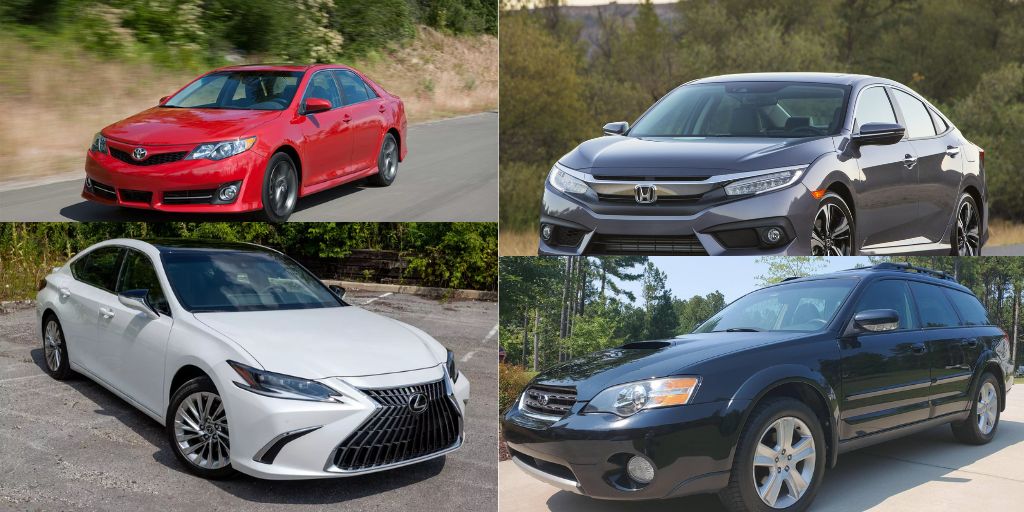For many car buyers, long-term reliability is one of the most important things to consider before making a purchase. While some vehicles begin to show their age with creaks, rattles, and performance issues as the odometer passes 200,000 miles, others continue to drive like they’re fresh off the showroom floor.
This difference often depends on how the car was engineered, how well it was maintained, and the materials used during manufacturing.
In this article, we will explore two groups of vehicles. First, we will look at five cars that can still drive like new even after crossing the 200,000-mile mark. These cars are known for their exceptional build quality, smooth ride, and long-lasting mechanical components. They are the kind of vehicles that owners often hold on to for decades.
Then, we’ll shift our focus to the five cars that unfortunately do not hold up well after 200,000 miles. These models may experience declining ride quality, major repair issues, and overall poor long-term performance. They might look fine on the outside, but the driving experience tells a different story.
Understanding these two categories can help drivers and buyers make smarter, more confident choices when shopping for used cars.
Also Read: 5 Cars That Still Look New After Years and 5 That Age Fast
5 Cars That Still Drive Like New After 200K Miles
When a car reaches 200,000 miles, most people expect it to feel worn out, sluggish, and full of mechanical issues. However, there are some vehicles that continue to feel solid, responsive, and comfortable even after crossing that major milestone.
These are the cars that stand out for their engineering, build quality, and long-term durability. They offer not just reliability, but also a driving experience that remains satisfying and smooth — even after years of use.
Many of these long-lasting vehicles come from manufacturers with a reputation for quality. Brands like Toyota, Honda, and Lexus have built their names on making cars that keep running like new long after others have broken down.
But it’s not just about reliability. The real stars are the cars that maintain their ride comfort, steering response, braking power, and quiet cabin — all the things that make a vehicle enjoyable to drive even with a high odometer reading.
This list focuses on five such cars that have proven they can handle hundreds of thousands of miles without losing the essence of what made them great in the first place. These vehicles are common picks for drivers who rack up serious mileage or simply want a car that feels trustworthy well into its second decade of life.
We are writing this section to help long-distance drivers, used car shoppers, and cost-conscious buyers find models that will not only last but continue to perform with grace and reliability over time.
If you are looking for a car that can survive the long haul without sacrificing comfort or performance, these five vehicles deserve your attention. They’re not just survivors — they’re standouts.
1. 2012–2017 Toyota Camry
The Toyota Camry has long been one of the most reliable midsize sedans on the market. The 2012–2017 generation, in particular, stands out for its durability and ability to maintain a like-new driving experience well beyond 200,000 miles.
Whether equipped with the 2.5-liter four-cylinder or the smooth 3.5-liter V6, this Camry feels composed on the highway, quiet around town, and refined even after years of hard use.
Many owners report minimal issues even after putting on hundreds of thousands of miles. The car’s suspension holds up impressively, giving drivers a smooth ride without the squeaks, rattles, or rough handling you might expect from a high-mileage vehicle.
The electric power steering stays light and responsive, and the brake feel remains firm. This makes it feel like a much newer car than the odometer suggests.
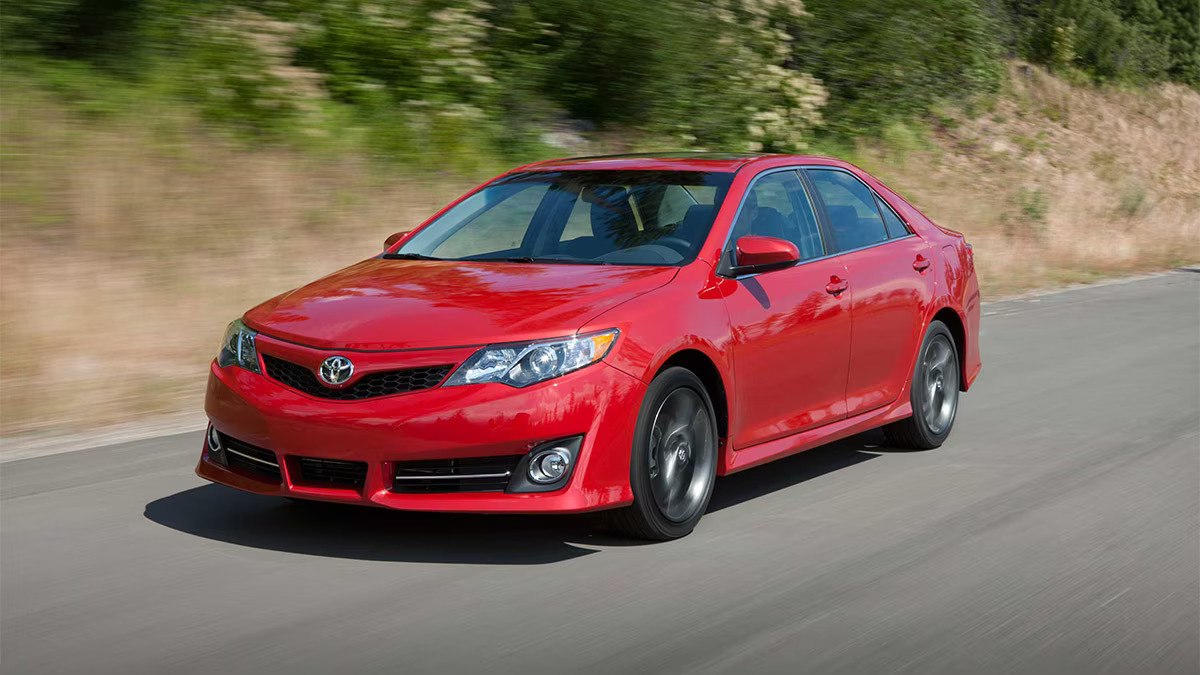
Toyota’s attention to detail in interior design also helps. The cabin materials resist wear well, and the seats remain comfortable.
Rattles and noise are minimal, which is rare for cars with this kind of mileage. With regular oil changes, transmission fluid checks, and basic care, the Camry keeps its smooth character alive.
We’re including this Camry because it’s one of the most proven examples of Toyota’s legendary reliability combined with a graceful aging process.
If you’re buying used or trying to decide whether to keep your current Camry past 200K, this model gives you every reason to believe it can keep going strong — and still feel fresh doing it.
2. 2006–2011 Honda Civic
The 2006–2011 Honda Civic stands out as one of the most durable compact cars ever built. Even after passing 200,000 miles, it keeps driving with the same responsive feel and smooth performance that made it popular in the first place.
This Civic generation offers a perfect balance of reliability, efficiency, and comfort, which is why so many drivers still depend on it today.
Its 1.8-liter four-cylinder engine is known for being bulletproof. With basic maintenance — regular oil changes, coolant flushes, and timing belt checks — this engine can easily outlast the 200K mark without losing performance.
The five-speed manual and automatic transmissions also age well with minimal complaints of slipping or harsh shifting, which is rare in high-mileage compacts.
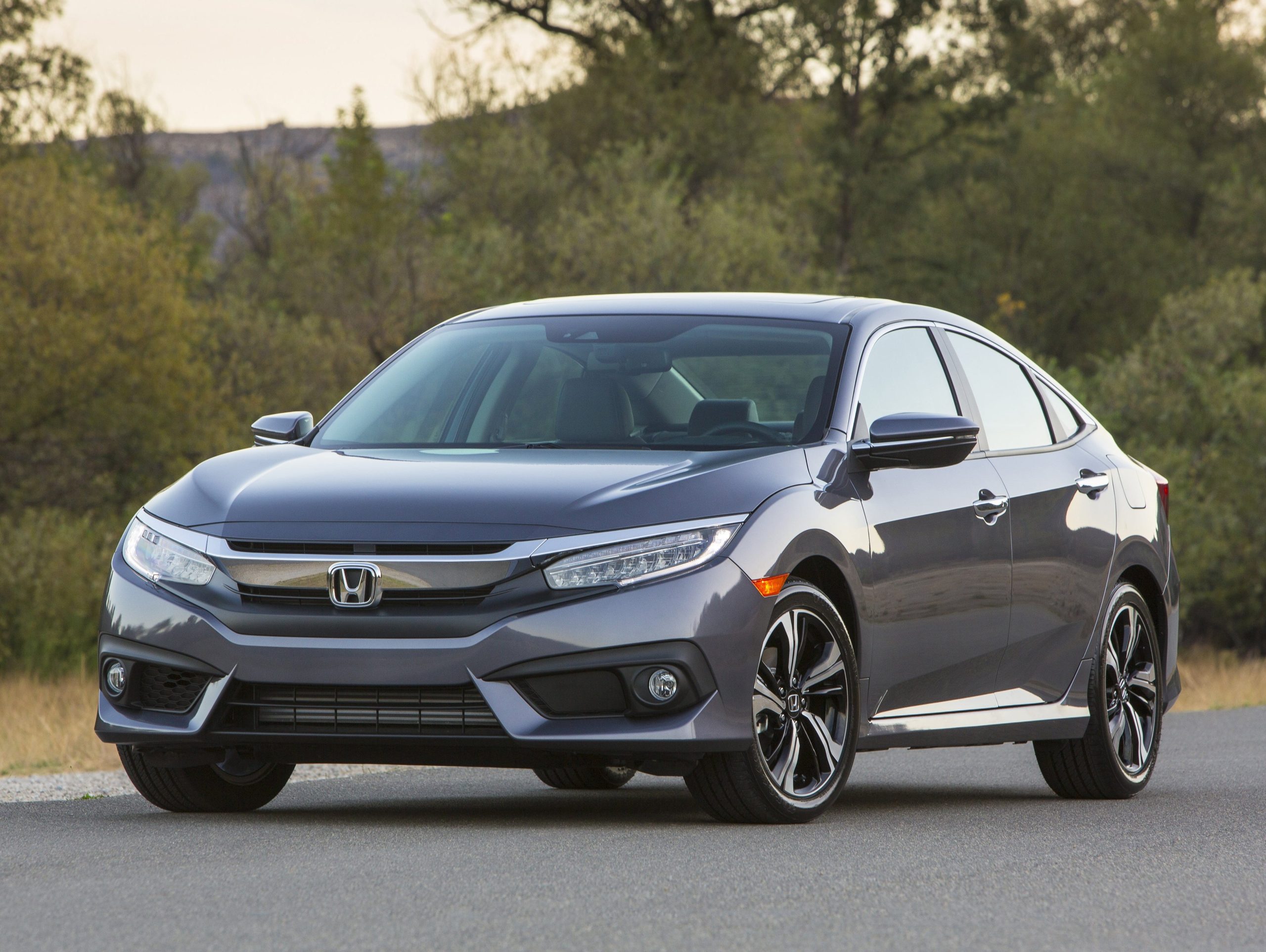
What makes this Civic special is how it drives after all those miles. The steering remains light and accurate, the ride is firm but composed, and the interior resists wear surprisingly well.
Even the dashboard and controls tend to remain functional and solid. The car doesn’t develop the squeaks and groans that plague other small cars over time.
We included the 2006–2011 Honda Civic in this list because it proves that economy cars don’t have to feel cheap or wear out quickly. Many of these Civics are still being used as daily drivers, student cars, or even delivery vehicles.
Their continued smooth performance after 200,000 miles speaks volumes about Honda’s engineering during this era.
3. 2013–2018 Lexus ES 350
The 2013–2018 Lexus ES 350 is a midsize luxury sedan that delivers a smooth, quiet ride and exceptional long-term reliability. It’s one of those rare luxury cars that keeps its refined character intact even after 200,000 miles.
Designed with Toyota’s legendary reliability foundation and Lexus’s attention to comfort, the ES 350 has earned a reputation as a long-lasting and stress-free vehicle.
Powered by a 3.5-liter V6 engine, the ES 350 provides strong and consistent performance. This engine is shared with other reliable Toyota models, but in the ES, it’s tuned for smoothness and quiet operation.
Owners frequently report that their cars still run like new with only basic maintenance. No major breakdowns, no weird noises — just a consistent, relaxed driving experience.
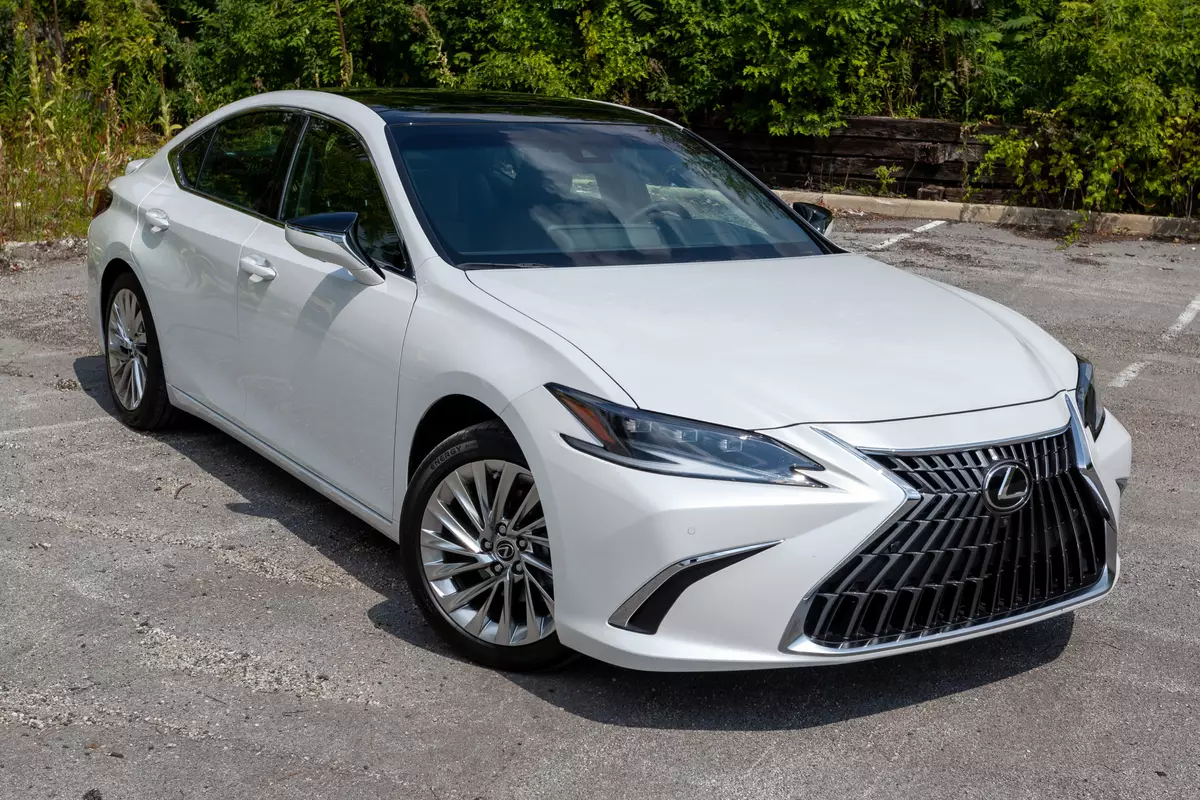
Ride comfort is one of the ES 350’s biggest strengths. The suspension soaks up bumps effortlessly, and the cabin insulation keeps outside noise to a minimum, even after years of use. The seats remain supportive, and the materials inside the car age slowly, resisting cracks, stains, and squeaks.
We’re including the Lexus ES 350 because it offers something unique — luxury that lasts. Many luxury vehicles can be expensive to maintain after 100,000 miles, let alone 200,000. But the ES 350 is different.
It keeps driving like a premium car, without demanding premium upkeep. That makes it an outstanding choice for buyers who want long-term comfort, quietness, and reliability in a car that just doesn’t quit.
4. 2010–2015 Subaru Outback
The 2010–2015 Subaru Outback is a midsize crossover that blends all-wheel-drive confidence with long-lasting mechanical strength.
This generation helped define what the Outback is known for today — dependability, versatility, and an easy-driving nature that doesn’t fade after 200,000 miles. When well maintained, these vehicles remain impressively smooth, quiet, and solid even after years of use in all kinds of road conditions.
Under the hood, you’ll typically find a 2.5-liter four-cylinder engine or the more powerful 3.6-liter six-cylinder. Both have proven to be dependable with proper care, especially when head gasket issues (more common in earlier Subarus) were addressed by this generation.
The continuously variable transmission (CVT) is also more durable than people expected, as long as it’s serviced properly.
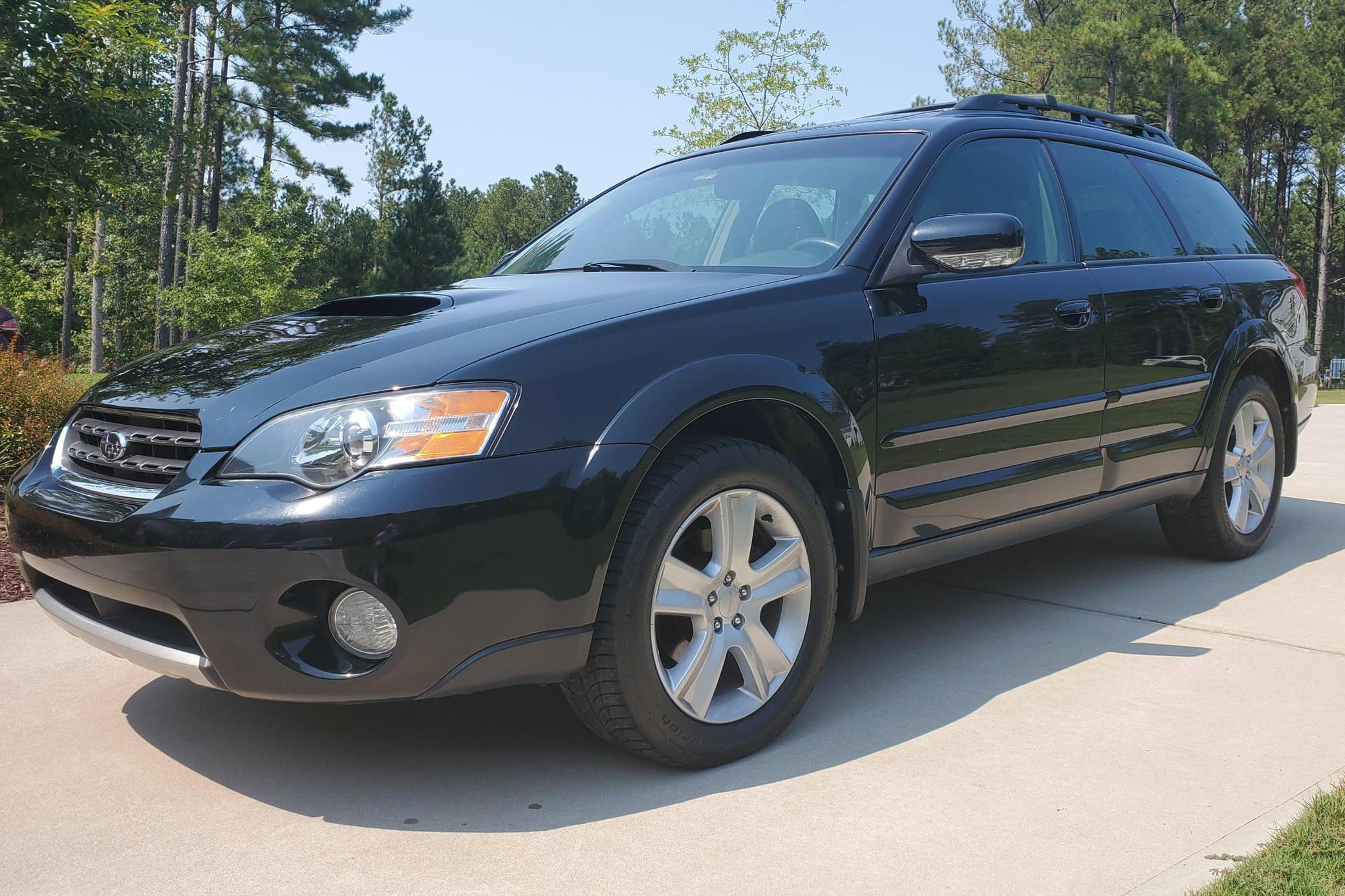
What really sets the Outback apart is how it feels to drive, even at high mileage. The steering remains balanced, the suspension continues to absorb bumps comfortably, and the symmetrical all-wheel-drive system keeps the car feeling planted.
Many owners note that it still tracks straight, brakes well, and doesn’t suffer from excessive cabin noise or interior rattles — rare for a vehicle often used for outdoor adventures.
We’re including the Subaru Outback here because it’s more than just reliable — it’s confidence-inspiring. It stays composed, comfortable, and enjoyable to drive well past 200,000 miles.
If you’re looking for a family vehicle or road trip partner that can survive harsh winters and dirt trails but still feel like new years later, this Outback generation is a proven choice.
5. 2004–2009 Lexus RX 330 / RX 350
The 2004–2009 Lexus RX 330 and RX 350 models are mid-size luxury crossovers that have become known for their ability to age gracefully — both in appearance and performance.
Even with over 200,000 miles on the odometer, these RX models often continue to deliver a plush ride, quiet cabin, and smooth power that rivals many newer SUVs.
The RX 330 came with a 3.3-liter V6, while the RX 350 introduced a stronger 3.5-liter V6. Both engines are extremely reliable and built to run for a long time
. With regular maintenance like oil changes, timing belt replacements, and fluid flushes, these powertrains rarely experience major issues. The automatic transmissions are also well-matched and known for their longevity.
One of the biggest strengths of these vehicles is ride comfort. Even at high mileage, the RX retains its soft suspension feel and road-absorbing nature.
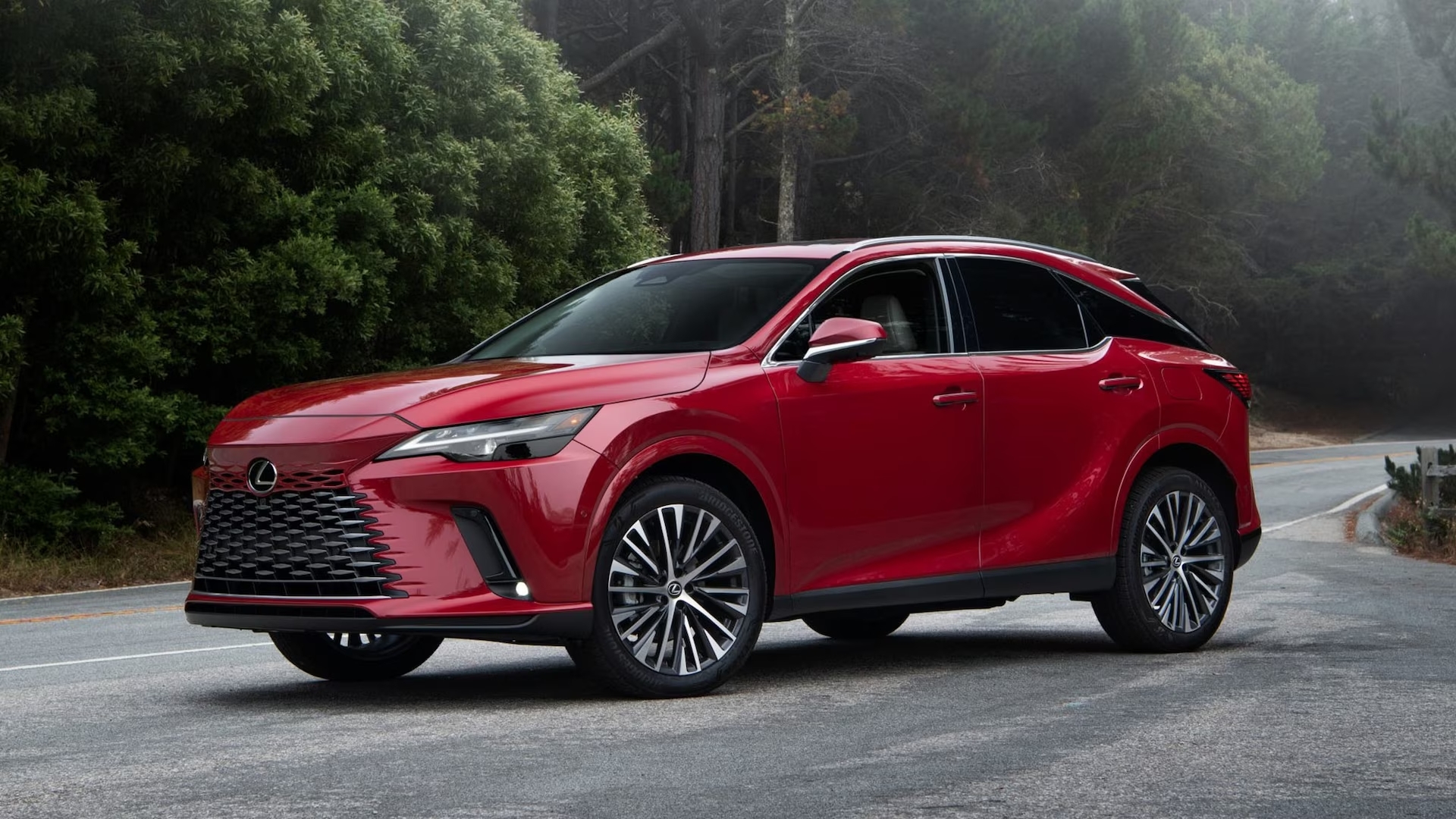
The interior is equally impressive, with leather seats that stay supportive, materials that resist cracking or fading, and minimal rattles even on rough roads. It’s no surprise that many RX owners report their vehicle still drives like a luxury SUV even after 15 years.
We’ve included the RX 330/RX 350 because it’s proof that a luxury vehicle can be both elegant and extremely dependable. It offers long-term peace of mind and doesn’t lose its refined feel over time.
For drivers who want something upscale that still drives like new well past 200,000 miles, the RX is easily one of the best choices out there.
5 Cars That Don’t Drive Like New After 200K Miles
While some cars continue to feel like new after hitting 200,000 miles, others can struggle to maintain their original performance and comfort. These cars may have been reliable when they were newer, but after a couple hundred thousand miles, their age and wear start to show.
The engines may feel less responsive, the ride might become bumpy, and you may start hearing noises that weren’t there before. In some cases, the vehicles might experience more frequent mechanical issues that make it harder for owners to justify keeping them.
What separates these cars from the ones that age gracefully is often the combination of engineering and material quality. Some manufacturers have models that simply aren’t designed to endure high mileage as well as others.
The suspension systems might wear out faster, or the interior may degrade more quickly, leading to an uncomfortable and noisy cabin. The engine and transmission may also start showing signs of trouble, especially if they weren’t properly maintained over the years.
In this section, we’ll look at five vehicles that, despite their earlier reputation for reliability, begin to show significant wear and tear after 200,000 miles. Whether it’s a reduction in power, a rougher ride, or an increased likelihood of repairs, these cars don’t quite maintain that “like new” feeling once they reach that milestone.
If you’re considering buying one of these vehicles with high mileage, or if you’re holding onto one yourself, it’s important to be aware of the issues these models face after 200K. Let’s dive into the cars that don’t quite make the cut and why they fall short in the long run.
1. 2005–2010 Ford Escape
The 2005–2010 Ford Escape was once a popular choice among compact SUVs, offering a solid mix of utility and affordability. However, after 200,000 miles, many of these Escapes begin to show signs of age that make them less pleasant to drive.
The small SUV may start losing the smooth ride it once offered, and many owners report a decline in engine performance and handling.
One of the most common issues in high-mileage Ford Escapes is the transmission. The automatic transmission, especially in earlier models, is known for developing problems with shifting, and owners have reported slipping and rough transitions between gears.
These issues can be costly to repair and are often more frequent after reaching the 200K-mile mark. Additionally, the 2.3-liter engine in some of these models starts to lose its efficiency and power as it ages, leading to sluggish acceleration and a less responsive drive.
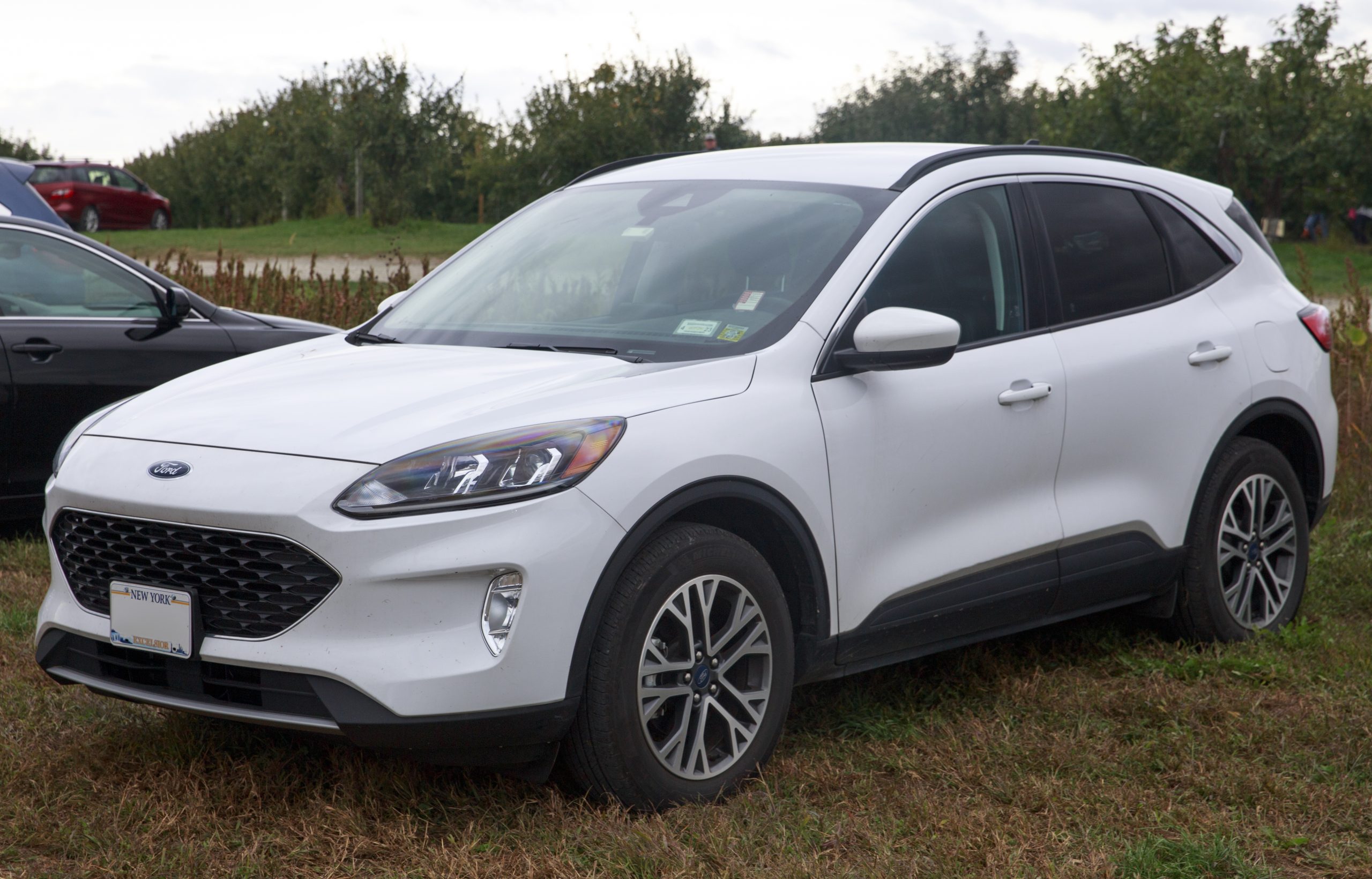
The suspension system, which was once known for offering a smooth and comfortable ride, tends to wear out after high mileage. This can result in a bouncy or stiff ride, along with annoying rattles and squeaks. The steering also becomes less responsive, making the driving experience feel loose and unrefined.
Another significant issue with the Escape after 200K miles is the interior. The materials in the cabin, such as the plastic panels and upholstery, often degrade much faster than in comparable vehicles. Cracks, fading, and squeaks become more noticeable, turning what was once a comfortable ride into something that feels outdated and cheap.
While the Ford Escape was a solid vehicle when new, it becomes less enjoyable and reliable after hitting that 200,000-mile mark.
2. 2007–2013 Chevrolet Malibu
The 2007–2013 Chevrolet Malibu is a midsize sedan that once offered a comfortable ride and decent reliability. However, after 200,000 miles, many of these Malibus show significant signs of wear and tear, with various mechanical and performance issues becoming more apparent. While it may still be running, the driving experience tends to deteriorate, making it feel much older than its actual age.
One of the most common problems with these high-mileage Malibus is with the transmission. The automatic transmission in these cars is prone to failure after extended use, especially after hitting the 200K-mile mark.
Symptoms include slipping gears, delayed shifting, and erratic performance, leading to a much rougher driving experience. This issue can be quite costly to fix and can make the car feel less smooth when accelerating or cruising at higher speeds.
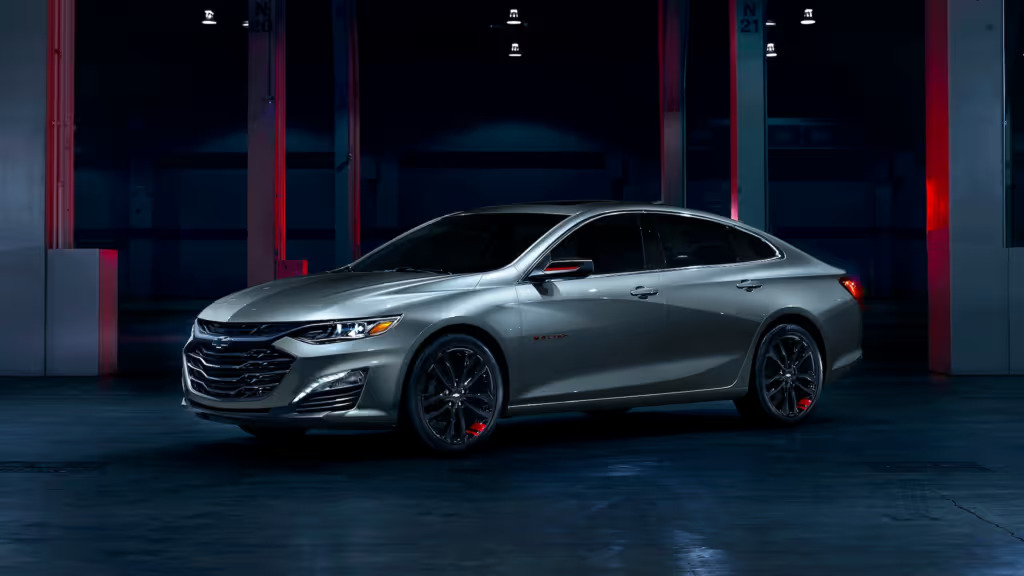
The engine, although relatively durable when well-maintained, starts to show signs of sluggishness with age. The 2.2-liter and 2.4-liter four-cylinder engines, which were common in the Malibu, begin to lose their efficiency over time.
Fuel economy declines, and acceleration feels less responsive, especially when merging onto highways or climbing steep inclines. Some owners report that their Malibus experience a noticeable loss of power as they rack up the miles.
Suspension problems also become evident in many of these vehicles. The ride becomes rougher, with more noticeable bumps and rattles as the suspension system wears out. Steering responsiveness can decrease as well, making the Malibu feel less stable on the road, especially on curves or when driving at higher speeds.
Interior quality, another hallmark of early Malibu models, begins to degrade with age. The materials used in the cabin can start to crack, the dashboard may fade, and the seats show signs of wear. This reduces the overall comfort and quality of the car, making it feel outdated and less enjoyable to drive over time.
For these reasons, the 2007–2013 Chevrolet Malibu doesn’t quite hold up as well as some other cars in its class once it hits the 200K-mile threshold.
3. 2005–2010 Nissan Altima
The 2005–2010 Nissan Altima, which was once praised for its sporty performance and stylish design, tends to lose its edge after crossing the 200,000-mile mark.
While these vehicles have been dependable for many owners during their early years, high mileage can reveal significant performance and reliability issues that make them less appealing to drive.
One of the most significant problems with the Altima after 200K miles is the continuously variable transmission (CVT). While the CVT provides smooth acceleration when the car is new, it tends to suffer from premature wear in high-mileage models.
Symptoms like rough shifting, slipping, and hesitation are common, and in some cases, the transmission may need to be replaced entirely. This can be an expensive repair and leads to a noticeable decline in driving smoothness and performance.
The 2.5-liter four-cylinder engine found in many of these Altimas also begins to show signs of wear after 200K miles. Loss of power is a common issue, and acceleration feels less responsive, especially when merging onto highways or driving in traffic.
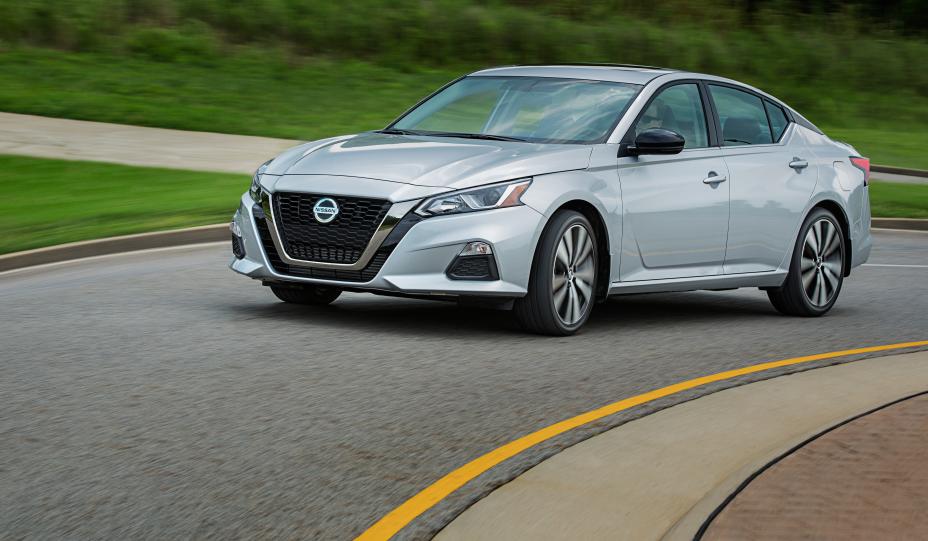
Some owners report that their engines begin consuming oil more rapidly, leading to a need for more frequent oil changes and maintenance.
The suspension system, which was originally designed to provide a comfortable ride, tends to degrade over time, resulting in a rougher driving experience.
The Altima’s ride becomes bumpier, and noise from the suspension components becomes more noticeable. The steering can also feel less precise, which reduces the overall driving enjoyment.
Inside, the Altima’s interior materials start to show their age. The dashboard may crack or fade, the seats may sag or tear, and the overall cabin ambiance starts to feel cheap and worn out. The car’s technology, too, becomes outdated and can feel cumbersome to use compared to newer models.
While the Nissan Altima is a solid car when maintained well, after 200,000 miles, the driving experience deteriorates significantly, and issues become harder to overlook.
4. 2007–2014 Chrysler 300
The 2007–2014 Chrysler 300 is a full-size sedan known for its bold styling and smooth ride when it was new. However, as these vehicles rack up the miles, especially after hitting 200,000 miles, many owners start noticing significant issues that affect both performance and comfort.
While the Chrysler 300 was once a solid vehicle, its longevity often becomes questionable after extensive use.
One of the most common issues with high-mileage Chrysler 300s is related to the engine and transmission. The 3.5-liter V6 and 5.7-liter V8 engines, while powerful, begin to show signs of wear after significant mileage.
The V6 engine tends to suffer from decreased fuel efficiency and reduced power output, which can make the car feel sluggish during acceleration. Meanwhile, the V8 engine, although offering greater performance, can experience problems with oil consumption, especially in older models.
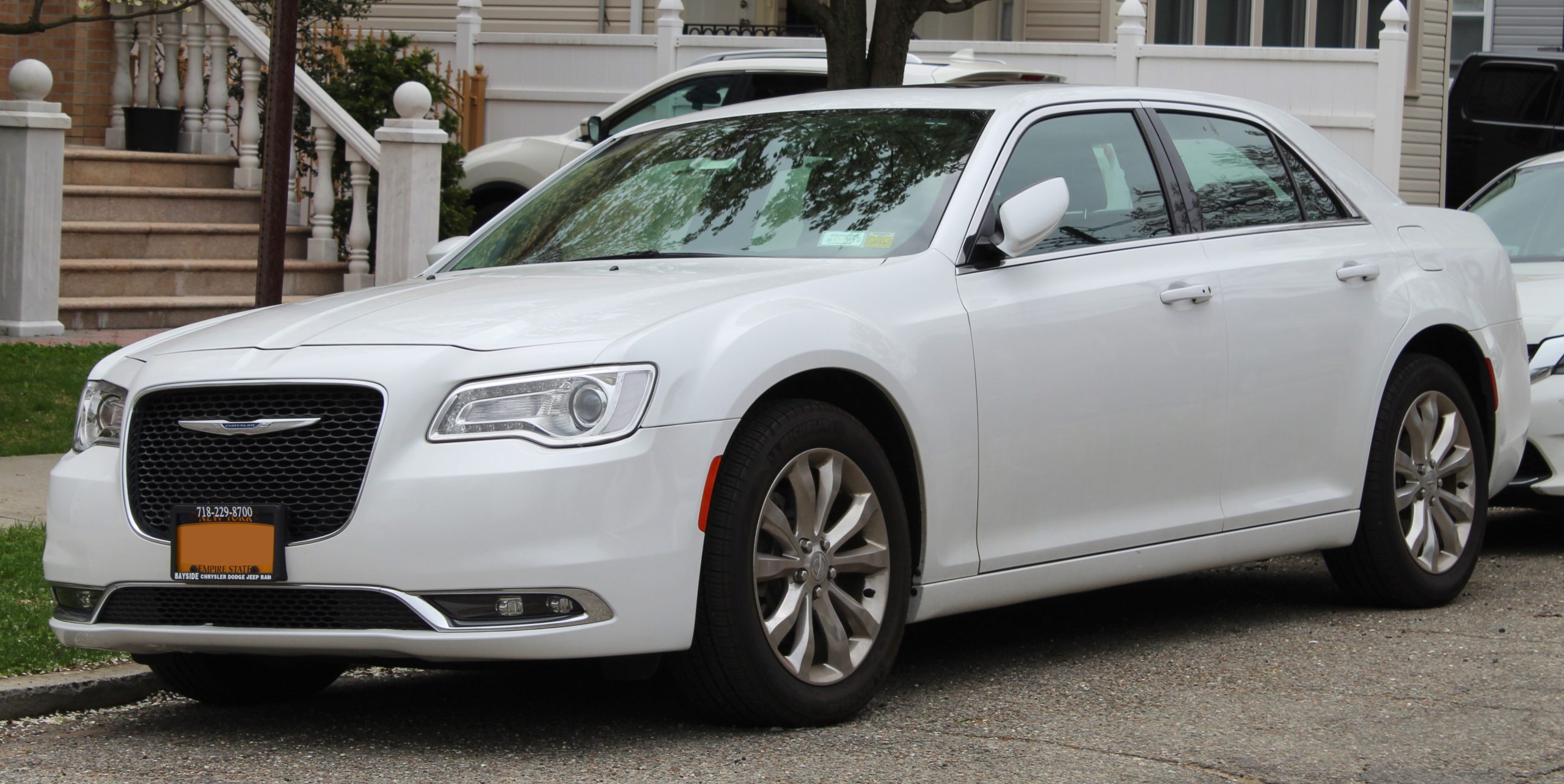
The automatic transmission in the Chrysler 300 is also prone to issues after 200K miles. Drivers often report rough shifting, delayed gear changes, and even complete transmission failure in some cases. This can result in a bumpy, unpleasant driving experience that becomes increasingly frustrating.
As for the ride quality, the Chrysler 300’s once-smooth suspension becomes less effective over time. Many owners report that the vehicle starts to feel bumpier, with less absorption of road imperfections.
The cabin also begins to show signs of wear — the seats can start to sag, and the interior materials, particularly the plastic trim, can crack or fade, making the car feel less luxurious.
Overall, the Chrysler 300, despite its stylish exterior and initial comfort, struggles to maintain its original driving experience as it approaches the 200,000-mile mark. It’s a good example of a car that requires significant repairs as it ages, and the experience of driving it becomes much less refined.
5. 2006–2013 Chevrolet Impala
The 2006–2013 Chevrolet Impala is a full-size sedan that initially delivers a smooth ride and plenty of interior space. However, after hitting the 200,000-mile mark, the Impala begins to show signs of significant wear and performance issues, making it less enjoyable to drive.
While the Impala’s comfortable ride and roomy cabin were appealing when new, its longevity often becomes a concern after extensive use.
One of the most common issues with high-mileage Chevrolet Impalas is with the engine and transmission. The 3.5-liter and 3.9-liter V6 engines are generally durable, but after 200K miles, these engines can begin to experience problems with oil consumption, loss of power, and sluggish acceleration.
Owners report that the car becomes noticeably slower and less responsive, especially when merging onto highways or accelerating from a stop.
The Impala’s transmission, although usually reliable when new, also tends to develop problems over time. Many owners report that the automatic transmission starts to slip or shift roughly as the miles accumulate. This leads to a jerky or unpredictable driving experience, which can become a significant issue in daily driving.

Another major concern for the Impala is its suspension system. The ride quality, which was once smooth and comfortable, begins to deteriorate as the suspension components wear out.
The car starts feeling bouncier over bumps, and owners may notice rattles and squeaks that were absent in newer models. This contributes to a less comfortable ride, especially on long trips or uneven surfaces.
Inside the cabin, the Impala’s materials, particularly the plastic dashboard and upholstery, start to degrade after 200,000 miles. The seats can lose their support, and the interior can develop cracks, fading, or other signs of wear.
The once-luxurious feeling of the cabin is replaced with a more utilitarian and worn-out vibe, detracting from the overall driving experience.
While the Chevrolet Impala was a solid choice when new, after 200K miles, it becomes clear that the car doesn’t hold up as well as some other full-size sedans in terms of performance, comfort, and overall driveability.
When it comes to cars with over 200,000 miles, some vehicles continue to run like new, delivering reliability and performance that make them stand out even after years of use. The cars in the “Still Drive Like New” section are testament to the durability of certain models.
From the Toyota Land Cruiser to the Lexus RX, these vehicles show that with proper maintenance, a car can go the distance and still provide a comfortable, enjoyable driving experience.
These cars maintain their performance, and their engines, transmissions, and suspensions often show little to no signs of significant wear even after surpassing the 200K-mile threshold.
On the other hand, some cars experience noticeable deterioration in both performance and comfort after reaching this mileage.
The vehicles in the “Don’t Drive Like New” section illustrate that while a car may be reliable when it’s new, factors like engine wear, transmission problems, suspension degradation, and interior issues can make a significant impact on the driving experience over time.
The Ford Escape, for example, shows how transmission and suspension problems can diminish its once-smooth ride, while the Honda Civic’s aging engine and interior wear make it less enjoyable to drive after years of service.
The key takeaway is that while some cars remain strong contenders long after 200,000 miles, others require more repairs and maintenance as they age. Understanding the signs of wear in high-mileage vehicles can help you make informed decisions about which cars are worth keeping on the road and which ones might be better off retired.
If you’re in the market for a car with over 200,000 miles, it’s essential to consider both the car’s reputation for longevity and the condition it’s in before you make your purchase.
Also Read: 5 Cars With Great Factory Warranties and 5 With Useless Coverage

